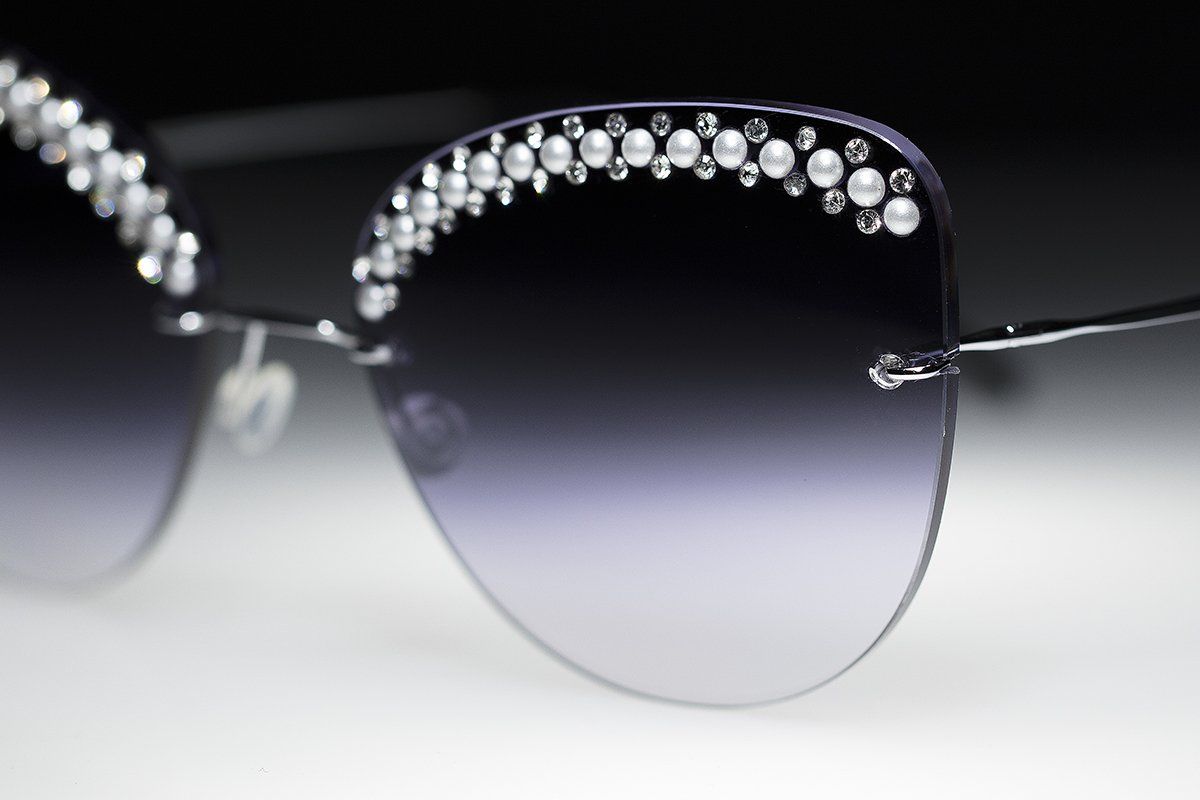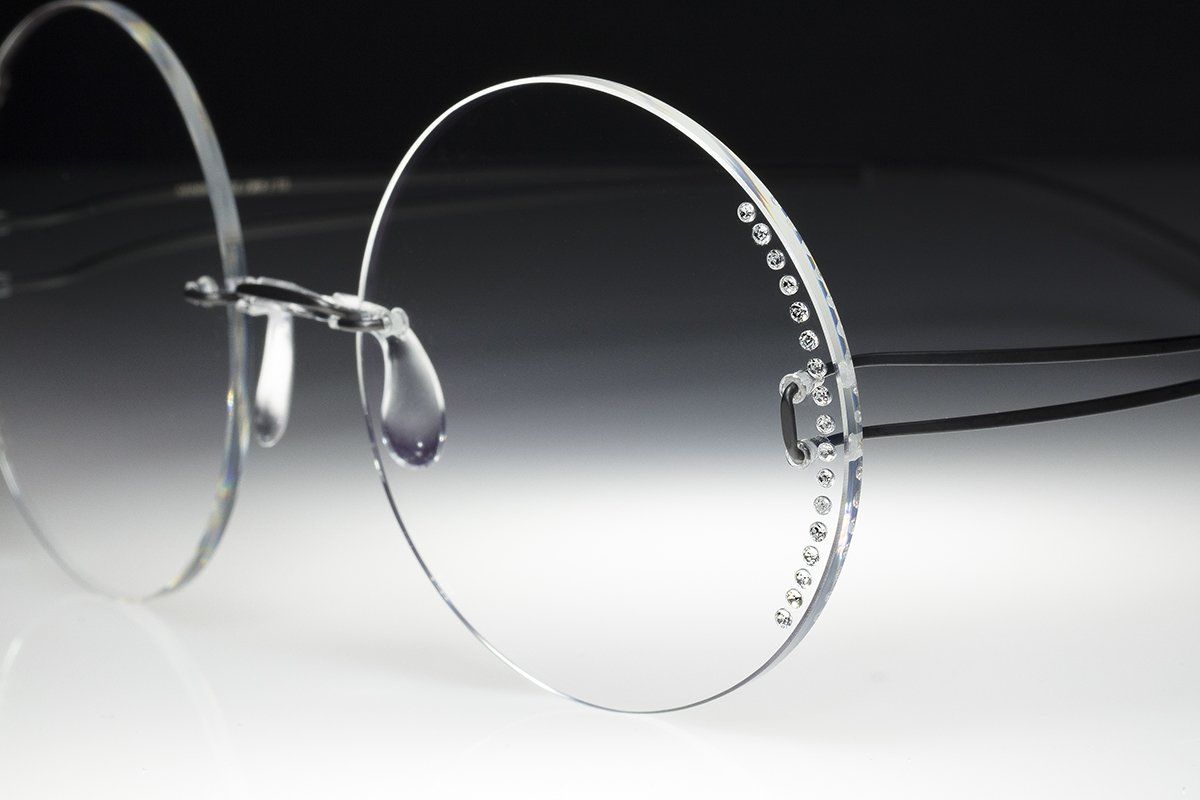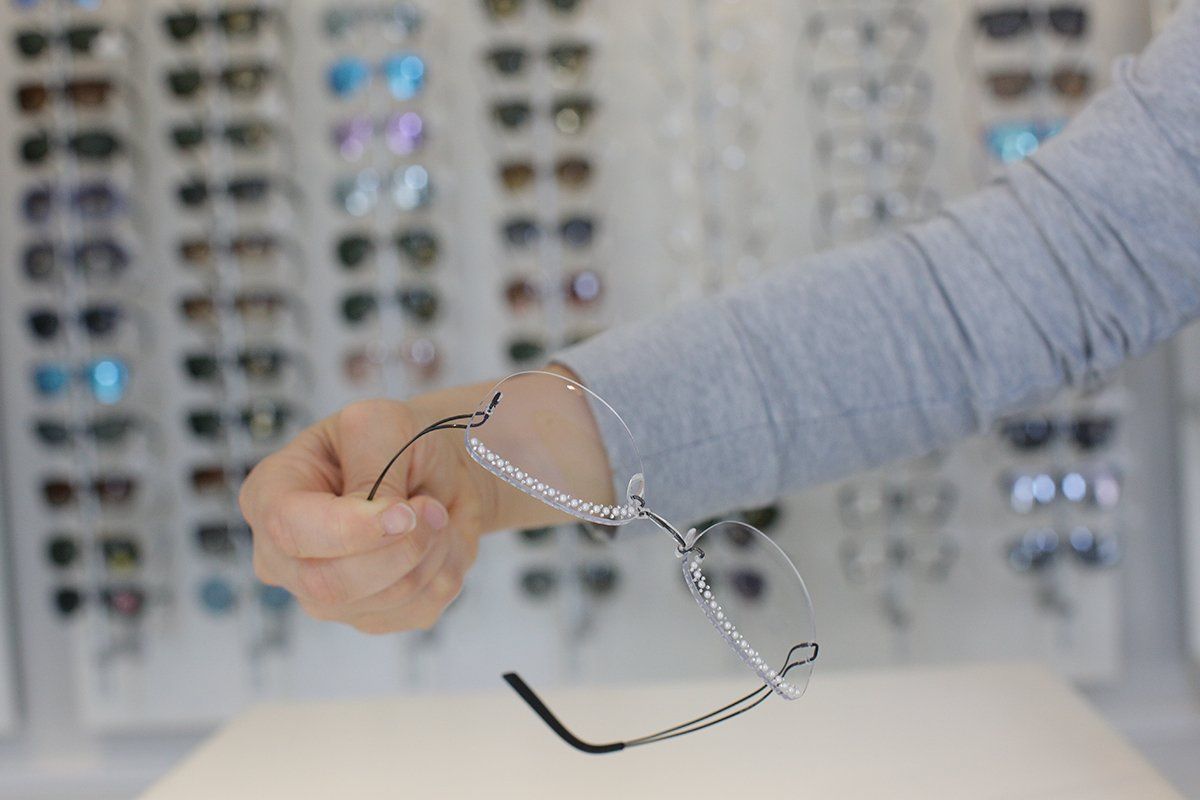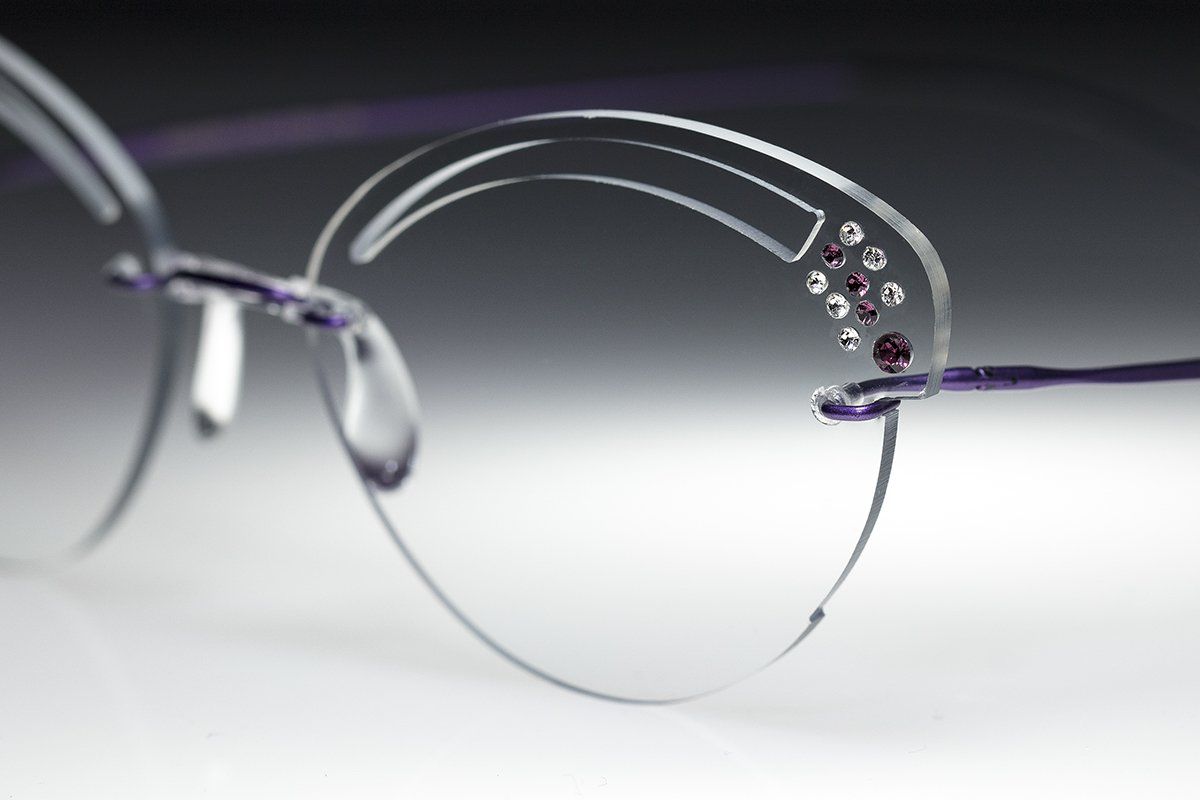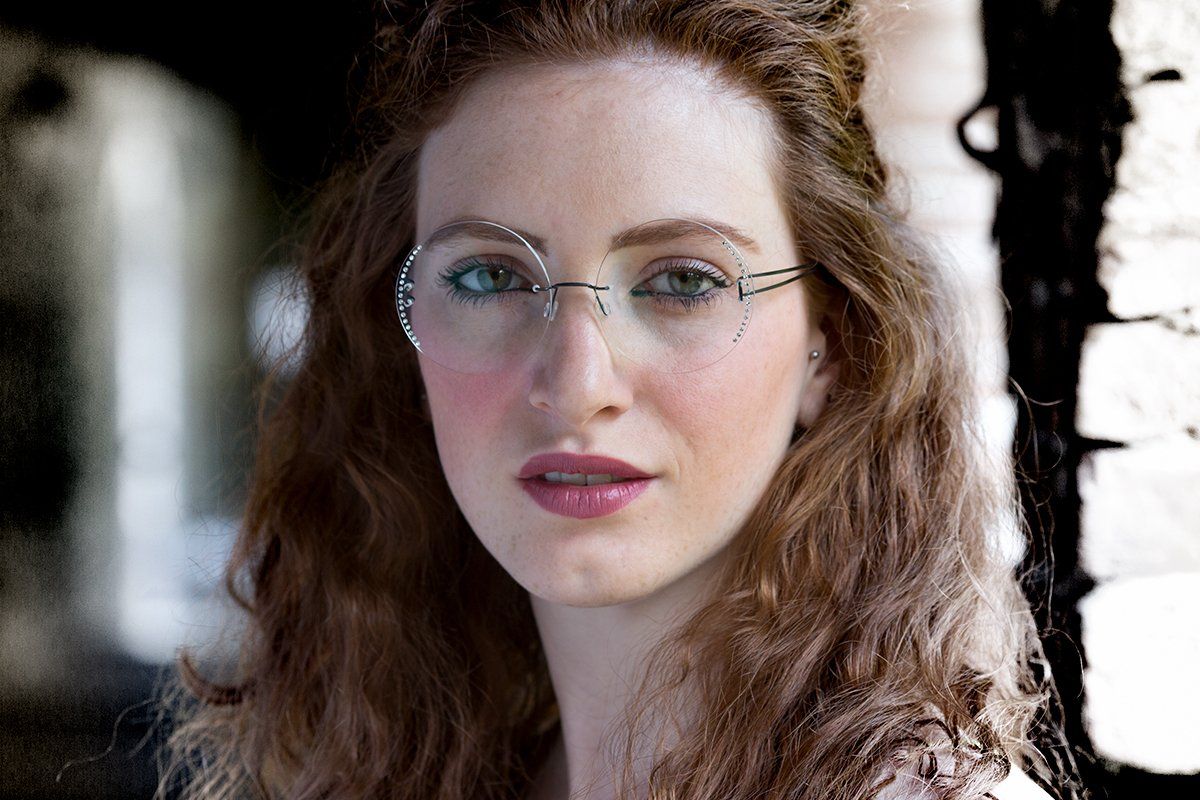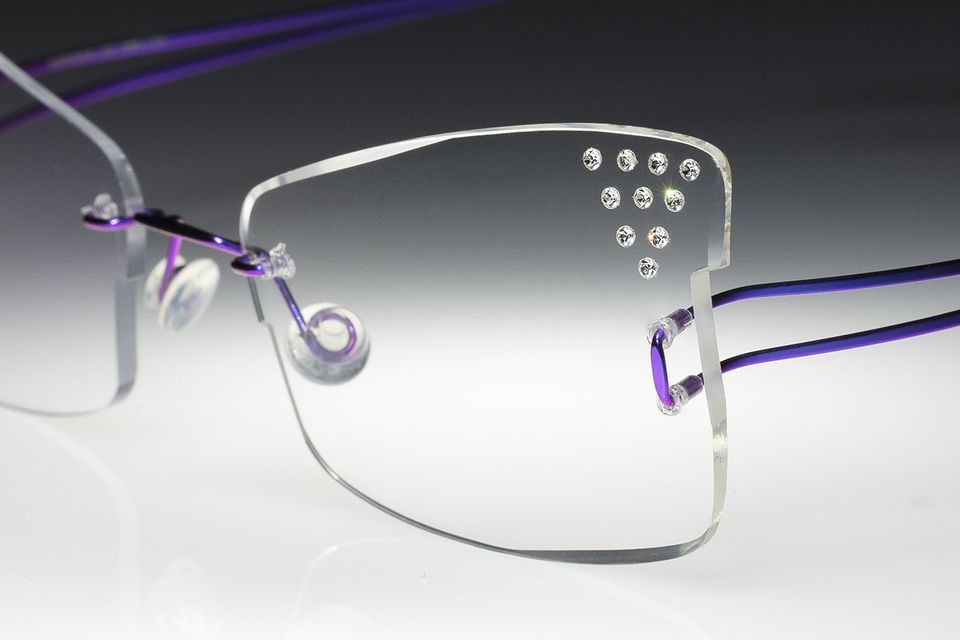I'm short-sighted, which shape should I choose?
You want to change your glasses and obviously you want them to be perfect for your face but, for the best aesthetic result you also have to take into account your sight defect!
Help, my lenses are thick!
In principle, myopia (short-sightedness) compensation lenses are thicker at the edge rather than in the centre. In particular, the thickness increases steadily as we move further away from the geometric centre of the lens. Given that optics is an exact science it is essential that the optical centre of the lens is placed exactly in front of the centre of the pupil. Therefore, both the prescription and the distance between the eyes are fundamental to evaluate each project. As regards the prescription it is intuitive to think that the higher the dioptres, the thicker the lens will be at the edge. As regards the distance between eyes, it is necessary to think that the closer the eyes are to each other, the thicker the lens will tend to be at the edges. For this reason it is essential to accurately record all the fundamental parameters.
Preferred shapes...
If we only had to think about maximum optimisation, geometric optics would allow us only one shape: oval like our Anita or wanting to be good, a nice round shape like Rondò or Vittorio. But can we give up our beloved cat-eye shapes or a nice decisive square shape? Certainly not! The good news is that there are many strategies for getting what you want.
The main weapon is to pay attention to proportions
It is essential that the lenses are well centred with regards to the eye. Avoid extremely large glasses, where the eyes are very decentralised towards the nose. Another method is to use lenses with a high refractive index. Generally the base index is 1.5, using materials in thinner indices such as 1.6, 1.67 and 1.74 we can have the same power but, with less thickness.
3D thickness design and sculpting
To obtain the best outcome, we design your lenses with a 3D software in order to view the thicknesses together. The thickness of each part of the lenses is worked to the tenth of a millimetre. Each corner is designed to accommodate diamonds and pearls or the necessary incisions creating a real carving of the edges.
Strategic carvings
A very interesting method to limit thickness at the edges is also the simplest one... just cut it away! An ingenious example is the working of Audrey or Mae where the lower half of the lens has been eliminated so as not to notice the thickness by exposing an internal and, therefore, thinner part. It's unlikely that people will look at you from above, so the result from side on will be unexpected!
We file down where it's needed!
We'd like to be able to file our body down where needed...at least with glasses we can! In addition to choosing the right shapes and proportions, it is possible to greatly reduce the thicknesses by filing the thickness of the lens both front and rear, greatly reducing the perceived thickness! Finally, the possibility of polishing the facets allows further shine to be given. Thickness, if managed correctly, can further embellish your glasses.
Do you need some advice?
Do you want to understand which glasses are best suited to your features and visual defect? Contact me and I'll be happy to help you.

